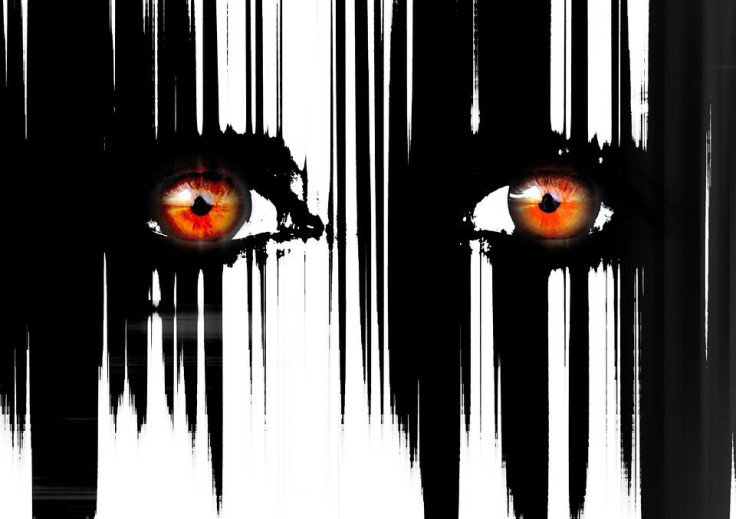3 Signs Of Social Anxiety Disorder

Social anxiety disorder is where normal nervousness becomes more than just a nuisance, more than just something related to your natural shyness or reserved personality: It’s when persistent negative feelings like fear and embarrassment impair your everyday life.
“People with this disorder, also called social phobia, may have few or no social or romantic relationships, making them feel powerless, alone, or even ashamed,” the Anxiety and Depression Association of America says. But they are not alone: The group estimates that about 15 million adults in the U.S. have social anxiety disorder, many of them since they were young. But having symptoms at a young age did not necessarily equate to treatment — “36 percent of people with social anxiety disorder report symptoms for 10 or more years before seeking help.” You may have the condition if you can relate to these scenarios.
Fear of being judged
People who have social anxiety disorder may avoid or dread social situations because they are afraid of being judged, embarrassing themselves in some way or offending another person, according to the Mayo Clinic. They will also fear having to talk to or interact with strangers.
This social anxiety extends to doing even the simplest or most common tasks in front of others. “For example, they might be afraid to sign a check in front of a cashier at the grocery store, or they might be afraid to eat or drink in front of other people, or use a public restroom,” the National Institute on Mental Health explains. “Most people who have social phobia know that they shouldn't be as afraid as they are, but they can't control their fear. Sometimes, they end up staying away from places or events where they think they might have to do something that will embarrass them.”
Overanalyzing
After a social interaction, people with this disorder will often spend time afterward “analyzing your performance and identifying flaws in your interactions,” the Mayo Clinic says. The person will be “expecting the worst possible consequences from a negative experience during a social situation.”
The anxiety also occurs ahead of an expected interaction. The National Institute on Mental Health lists as an example that someone will “worry for days or weeks before an event where other people will be.” Although anyone could get nervous before they give a big presentation at work, in people with social anxiety that advanced worry will begin weeks beforehand. In children, worry about social interactions could present itself as tantrums or crying, and once the interaction begins the child may cling to parents or refuse to speak.
Physical signs
Social anxiety isn’t just in your head — it’s in your body too. The disorder creates physical symptoms similar to those in any anxiety disorder, such as a fast heartbeat, an upset stomach, lightheadedness, hyperventilation and muscle tension, the Mayo Clinic notes. And as if those side effects aren’t bad enough, people with social anxiety tend to fear that other people will notice their anxiety or other physical signs that accompany nervousness, like blushing, sweating or trembling.
Getting help
So what’s there to do if you have social anxiety? The Mayo Clinic notes that the most common type of therapy used to treat anxiety involves exposing people to the situations that make them uncomfortable, starting with the least anxiety-provoking to the worst ones. “This therapy can improve your coping skills and help you develop the confidence to deal with anxiety-inducing situations. You may also participate in skills training or role-playing to practice your social skills and gain comfort and confidence relating to others.”











